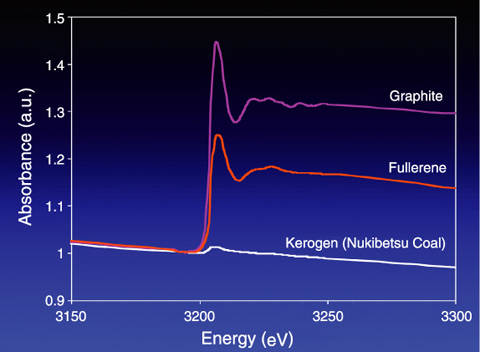Table 4-1 Quasi-saturated Ar concentrations determined by X-ray absorption spectra
Powder and chip coals were measured. Some coals were treated with pyridine to extract bitumen.


Fig.4-14 X-ray absorption spectra of graphite, fullerene, and kerogen
Primordial trapped components of noble gases preserved in meteorites provide important information on the early solar system. A large number of trapped noble gas components are preserved in distinctive phases of meteorites. Of these, Q-noble gases are the most important component because heavy noble gases in primitive chondrites are mainly hosted by phase Q, which is an oxidizable phase of a residue of treatment with hydrochloric acid and hydrofluoric acid. Although the nature of the residual material after HCl/HF treatment is ill identified, phase Q seems to be a carbonaceous phase, and insoluble organic matter in the meteorite is analogous to terrestrial Type III kerogen, which is a mixture of organic material formed from terrestrial plant matter. Phase Q must have very high noble gas retentivity based on the presence of extremely large amounts of heavy noble gases in a very minor fraction of the meteorite.
To verify that kerogen is a carrier phase of Q-noble gases, X-ray absorption spectroscopy (XAS) and X-ray photoelectron spectroscopy (XPS) using synchrotron radiation were carried out on kerogens (coals) and carbon allotropes that had been bombarded by 3-keV Ar ions, and the Ar retentivities of the two materials were compared. This comparison of the estimated Ar concentrations in the target materials revealed that carbon allotropes (graphite, fullerene, carbon nanotube, and diamond) have a much higher Ar retentivity than kerogens (Table 4-1 and Fig.4-14). This unexpected result clearly shows that the terrestrial kerogens tested in this study are not suitable as a carrier phase of Ar and, consequently, that phase Q may not be similar to the terrestrial kerogen tested. If heavy noble gases are really concentrated in carbonaceous components of primitive meteorites, phase Q may have a more ordered structure than terrestrial kerogen based on the fact that the greatest difference between terrestrial kerogen and carbon allotropes is the degree of order of the molecular structure.